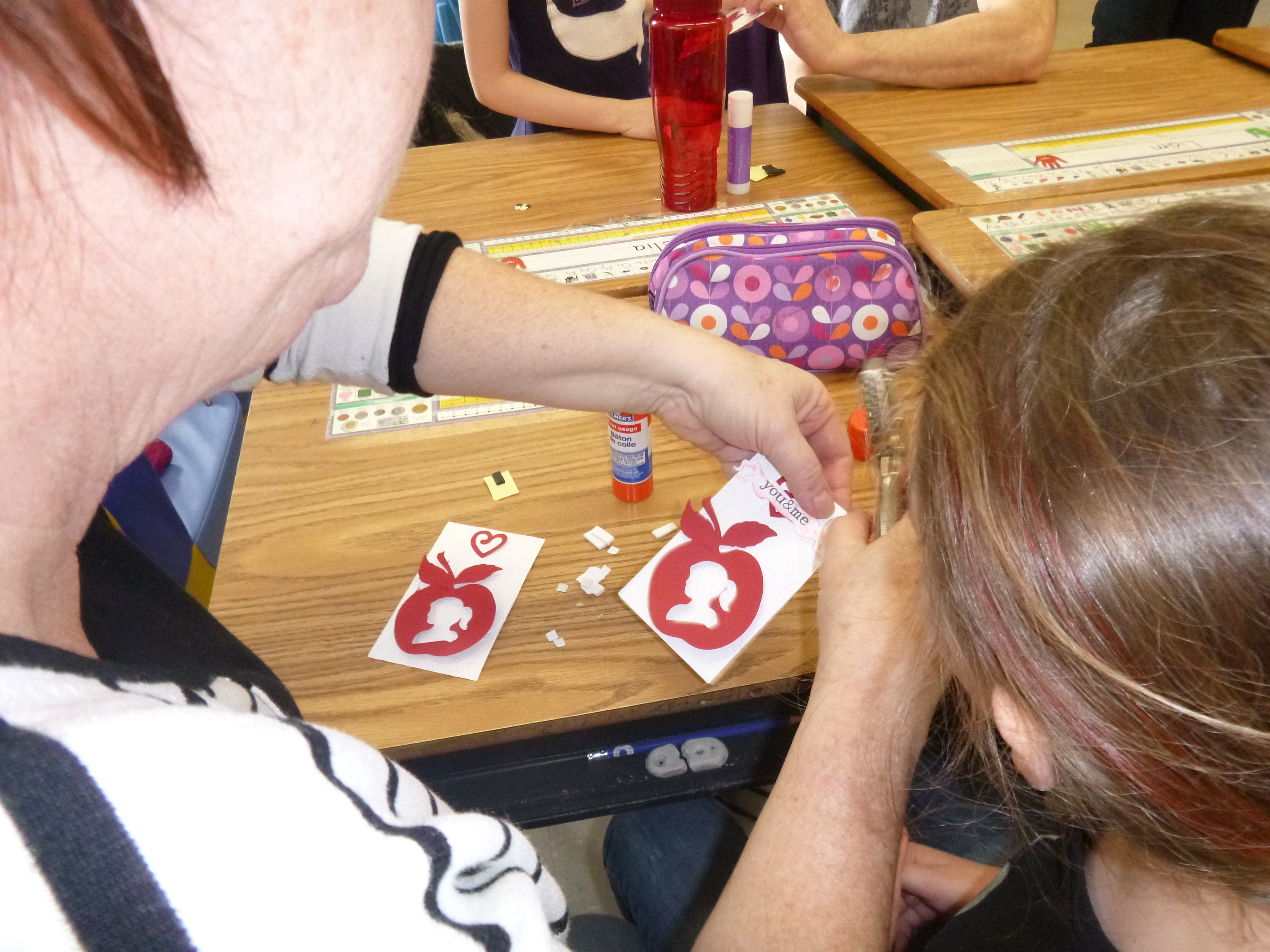As the days grow warmer, there are more and more opportunities to take your classroom into the outdoors or plan outdoor projects and activities.
It’s more important than ever to get our students outside: children are spending on average only six minutes playing outside a day, as this eye-catching graphic from The David Suzuki Foundation shows. Meanwhile, they spend an average of six hours a day in front of a television or computer.
The Outdoor Classroom Project shares that outdoor classrooms and activities improve physical development, promote an active lifestyle and let students release pent up energy. Not to mention, as little as one hour spent outside can make students happier, have higher self-esteem and develop an appreciation for nature.
This is especially important for students living in urban areas. For the first time in history, there are more people living in cities than in rural communities. Nestor Kelba, the general manager of Calgary-area Kamp Kiwanis, put it best when he told the Calgary Herald: “Touching, feeling and seeing nature helps students develop a fondness and a good feeling for the outdoors, which can’t be taught in a classroom.” When students have the opportunity to get out into nature, it concretizes curriculum material about the water cycle or food chains.
Resources and ideas for moving your classroom into the open air are abundant. When browsing on Pinterest, there are endless photos to provide inspiration. In our last newsletter, we included a list of outdoor activities from The Inspired Classroom to get ideas for activities, but the website also has a blog post all about teaching outdoors. It provides outdoor activity ideas for teachers in all subjects. Lastly, Examiner.com posted an article listing 16 outdoor classroom activities, titled Outdoor Classroom 101! If your school has an outdoor classroom, even standard every day lessons can be moved into the fresh air.
There are over a dozen CLC Quebec schools with outdoor classrooms. If yours isn’t one of them, there are several programs to help you get started. The TD Friends of the Environment Foundation has teamed up with Focus On Forests, a national forest education program, have created an outdoor classroom development guide to help teachers get started. The Friend of the Environment Foundation also offers a grant to schools and community organizations that need help funding the outdoor garden construction. The grant can be used for all different types of environmental projects, so it is definitely worth checking out.




